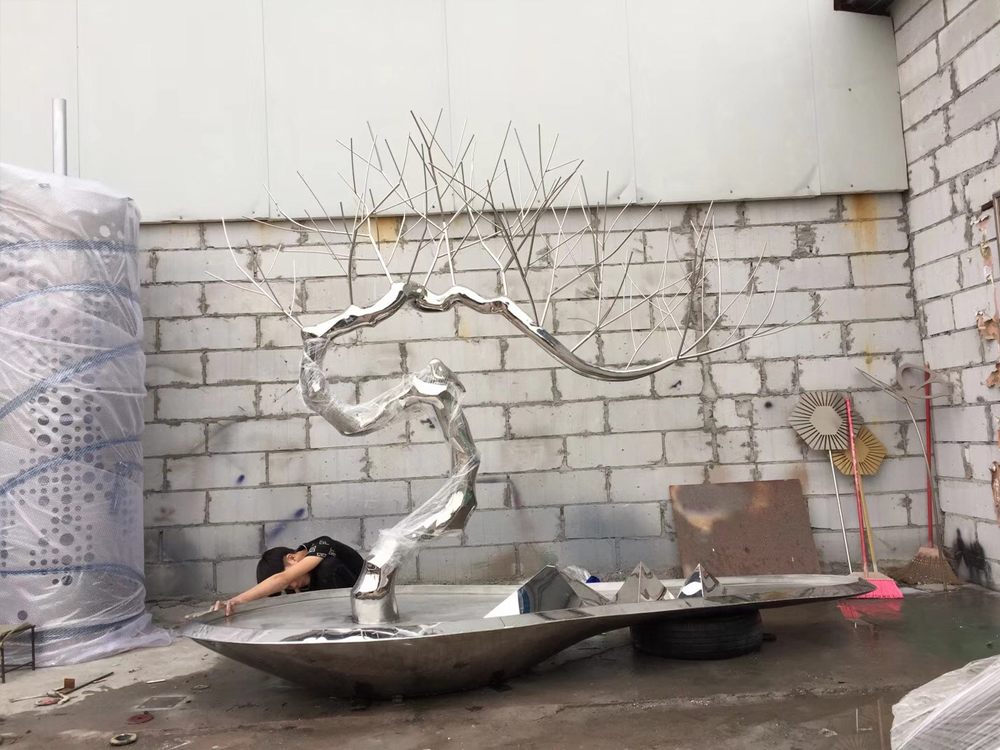
Porcelain sculptures have long transcended their role as mere decorative objects, evolving into profound symbols of heritage and familial bonds in cultures worldwide. In China, delicate blue-and-white porcelain figurines often pass through generations as tangible links to ancestors, their intricate designs reflecting Confucian values of filial piety and continuity. Japanese families treasure Kutani or Imari porcelain sculptures, where the act of gifting these pieces during weddings symbolizes enduring unity and prosperity.
European aristocratic lineages historically commissioned porcelain busts or tableaus from Meissen or Sèvres workshops, transforming them into visual genealogies that asserted social status. The fragility of porcelain ironically reinforces its heirloom status – surviving centuries intact becomes a metaphor for familial resilience. In Islamic cultures, Iznik porcelain calligraphic sculptures preserve both artistic traditions and spiritual legacies, often inscribed with Quranic verses.
Contemporary families now actively curate porcelain collections, blending antique inheritance with newly commissioned pieces that reflect evolving identities. This global tradition persists because porcelain physically embodies intangible values – the cool smoothness under fingertips connecting generations, the play of light on glazes mirroring the illumination of shared memories. As both art and artifact, porcelain sculptures crystallize cultural narratives, making them perhaps humanity's most delicate yet enduring keepers of kinship.

